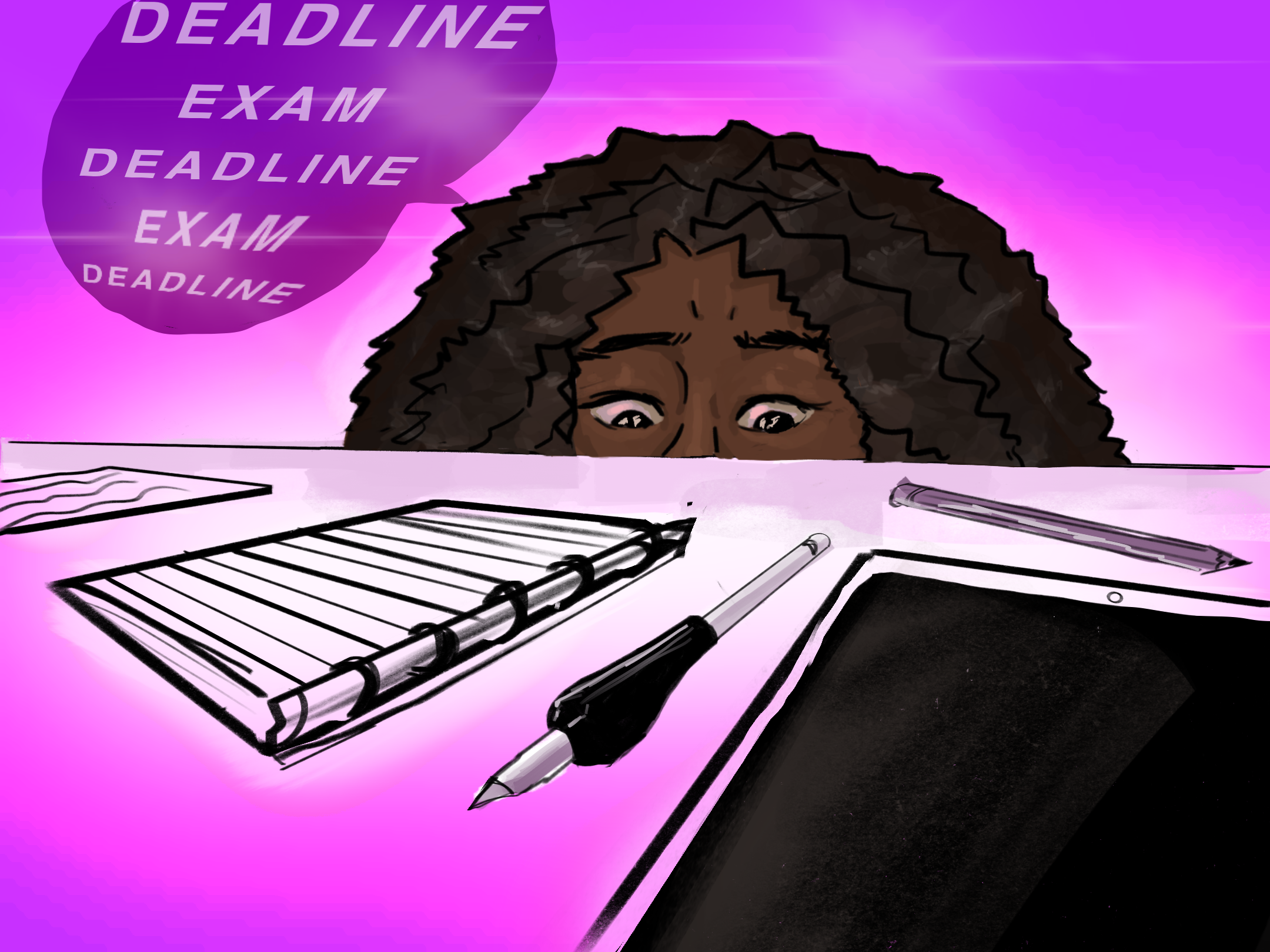While scrolling on a screen for hours on social media is fun, it’s less fun when you’re paging through hundreds of pages on an online textbook. Even the best classes can fall victim to heavy reading assignments, so it’s important to stay engaged and not waste time for nothing during these reading assignments. One of the best ways to stay engaged is to take good notes. As the midterm season approaches, here are some tips to make your reading notes noteworthy!
Start Off Strong
Make sure to label your notes clearly and put them in an easily accessible place, so you can refer back to them. It’s helpful to have clear headings with titles and page numbers. If you’re taking your reading notes in the same notebook as lecture notes, differentiate between the two. If you take notes digitally, label your Google Docs accordingly as well. Whatever method you use, keep it consistent throughout the semester to avoid losing your work!
Read then Write
It’s easy to get bogged down in the details of a text, especially if there’s a lot of jargon. To make sure you’re understanding the main points of a text, it’s helpful to read a page or two first before taking any notes. Then, you can go back to write down the key ideas and facts. You simply don’t have time to rewrite the entire book, so make sure what you’re writing down counts!
Colors are your friend
Using highlighters or different colored pens effectively will make reviewing your notes easier, as you’ll have already delineated the most important information. For example, suppose you know there will be recurring categories of information to know, such as dates, places, or people. In that case, you can use a different color for each category, so each one is more easily accessible.
Use a clear format
Nothing is worse than reading a block of text, so make your notes as short, clear, and to the point as possible. Use abbreviations whenever possible, and use bullet points or indentations to separate different points. If the text you’re reading has different sections, use subheadings to differentiate topics.
Choose to use charts
Depending on what subject you’re taking notes for, it can help to take the extra step by adding diagrams or charts to your notes. For example, for a history class, you could make charts or tables of key dates, and for a science class, you could draw or label diagrams. You could also print out pictures or add them to your online document. Doing this will make the knowledge easier for you to understand in the future and help you check if you really understand what you’re reading.
Different tips will work for different people, but no matter how you choose to take your notes, take the time to think about what works best for you so that all of your efforts don’t go to waste. No matter how stressful all of the work gets, one of the best tips for taking good notes will be to take time for yourself, too, because no one will be able to do their best after three straight hours of reading. So, happy note-taking, and have a great semester!
Featured Image By Francessca Conde
